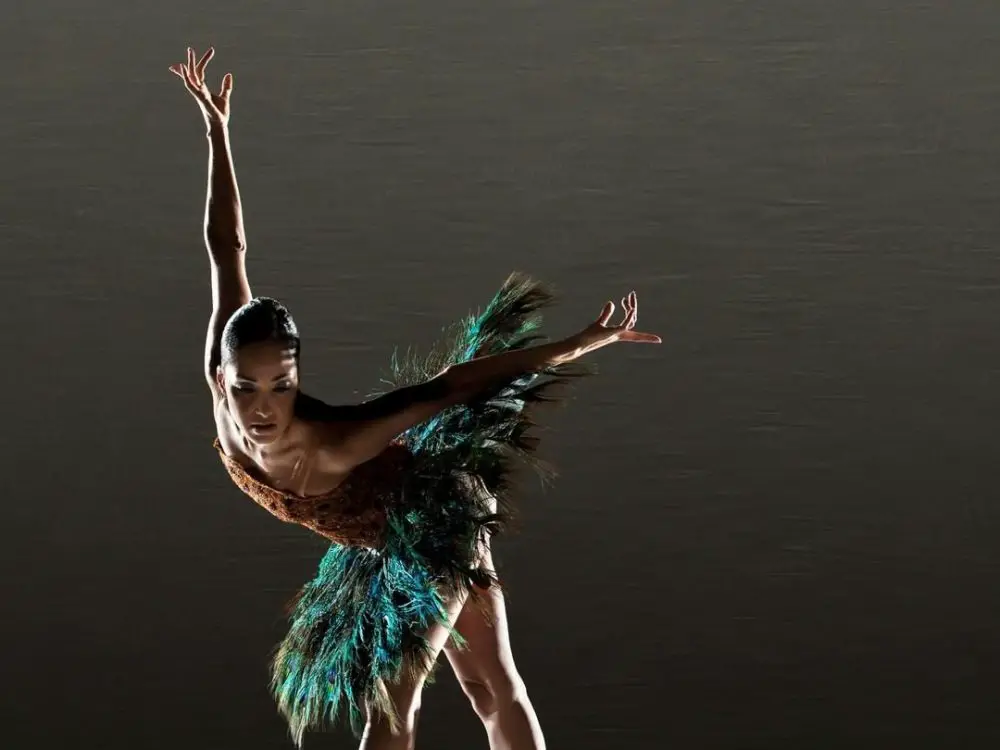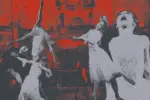For years there has been a steady decline in the public reception of dance, especially ballet. This is largely due to its lack of accessibility to viewers — whether it be because of expense, interest, etc. However, with the onset of the COVID-19 pandemic, companies around the world were forced to switch gears and concentrate on online formats that would both accommodate their viewers and keep their companies alive, all while remaining safe. There has since been a huge increase in virtual performances and online classes, and a greater number of dancers and devotees have been able to access their favorite artists as a result. Will this have a positive or negative outcome for the ballet/dance world? What does this mean for the future of dance?
As the COVID-19 pandemic spread chaos around the world, the arts were understandably of little interest to most. Many families across the globe struggled to put food on their tables and keep a steady income, which undoubtedly knocked out the potential for entertainment purchases. However, the professional side of the dance world also endured heavy losses, and many dancers lost their primary source of income. In an article published by the Associated Press, “The pandemic [had] cost the arts and entertainment industry about 1.4 million jobs and $42.5 billion dollars nationally” as of October 2020. Unfortunately, as of August, these numbers have not recovered. For many dancers, with the grueling hours and dedication the profession requires, it is nearly impossible to maintain a second source of income. These artists have faced a great disadvantage because of the numerous lockdowns and pauses to our daily lives in the past year.
An article published by Newsweek says as much, detailing the immense distress that comes with companies having to cancel productions of the beloved “The Nutcracker.” For many organizations, these annual performances are the primary money-makers, and they keep companies and schools afloat during the off-season months of the year. For many, specifically in the United States, ballet is seen as an antiquated and foreign concept that is not as well accepted as traditional sporting events. Thus, companies around the world were sent into a tailspin trying to keep their artistic visions alive. Boston Ballet, one of the nation’s preeminent ballet companies, expected to lose nearly 20% of their annual revenue from the cancelation of “The Nutcracker,” amounting to around $8 million in ticket sales, according to the Associated Press. Even missing one year of “The Nutcracker” can be debilitating for years to come, and it will take much time and effort to make up the revenue lost this year.
Just as important to the finances of the professional ballet world is the artistic component. “The Nutcracker,” on top of providing financial relief, is also seen as the “gateway” ballet for young dancers and ballet aficionados from around the globe. For many young children, often spanning from the ages of 5 to 10, “The Nutcracker” is their first-ever performance opportunity. The magical nature of the ballet in and of itself entices a new generation of dancers to keep the integrity of the art form alive. Newsweek quotes Jonathan Stafford, artistic director of the New York City Ballet, who said that “the cancellation of a live ‘The Nutcracker’ is also ‘tremendously disheartening’ because the ballet typically provides an opportunity for the first on-stage experiences of more than 100 young students attending the School of American Ballet.”
However, with necessity comes innovation, and the ballet world has undoubtedly adapted to meet the new standards of a COVID-19 world. While many companies’ fall seasons, student summer programs and outreach performances around the world were canceled or postponed within the first few months of the pandemic, as companies neared “The Nutcracker” in winter 2020, their efforts to adapt to a virtual format came to fruition. Many companies were able to set up streaming options for their viewers, compiling footage from older performances and creating an abbreviated online showing to satisfy every ballet-goer’s “Nutcracker” craving.
As we moved into 2021, the streaming options from some of ballet’s biggest companies — adopting the quirky catchphrase “quaran-stream” — went viral. Platforms such as Marquee TV also supported the virtual formatting of dance productions with streamable performances from companies such as The Royal Ballet in London, The Bolshoi Ballet in Moscow and many more. Marquee TV offers a 30-day free trial for those who aren’t the biggest fans of ballet but, considering their extended quarantine, would like to dip their toes into it. Contemporary ballet companies have also gained a footing on the virtual platforms, with notable companies such as Alvin Ailey creating their own platform to provide fans with enjoyable and safe content.
For those who are avid dancers themselves, missing out on daily ballet classes and workouts for the past year has been detrimental to their training. However, although it has been semi-impossible to get into a proper studio, there are countless new — and mostly free — opportunities for dancers to stream technique and repertoire classes through online platforms such as YouTube. Through this, top teachers from global professional companies have come together (on the screen!) to create an environment that promotes health, exercise and a continued love for dance. The variety of instruction this provides has been extremely beneficial in creating a new set of dancers who may never have been given the opportunity to attend such classes otherwise.
Along with the many class opportunities, the push toward a virtual format offers an excellent supplement to ballet companies’ success and to the public reception of the ballet world. Before, ballet was often seen as inaccessible and closed-off to those who were unfamiliar with the art. Now, the rise of online and low-cost opportunities for engagement opens the doors to a new generation of dancers and ballet-lovers from around the globe, creating one of the most immersive and tight-knit communities to be seen in recent years.

















